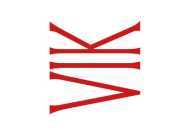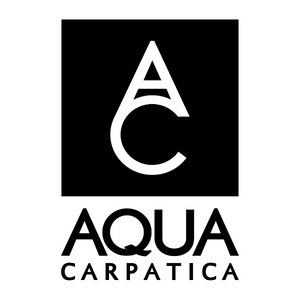This is the wine that could change people's minds about fungal-resistant piwi grape varieties, natural and biodynamic wines.
I pour myself a full glass of Marlon Batič, a futuristic white wine named after winemaker Miha Batič’s youngest son. It’s a blend of six piwi grape varieties from a vineyard that has never been sprayed. It tastes sublime. That’s it. This is a wine made for enjoying.
The wine
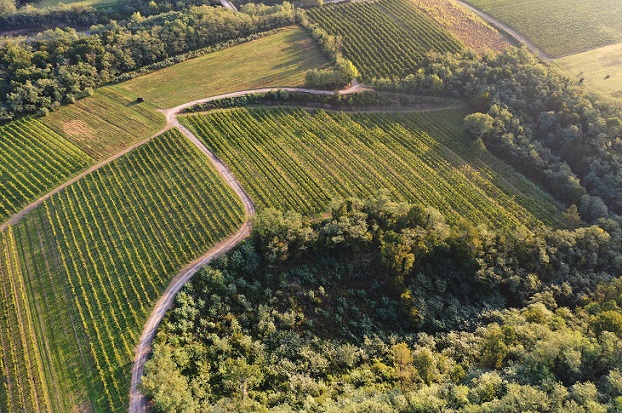
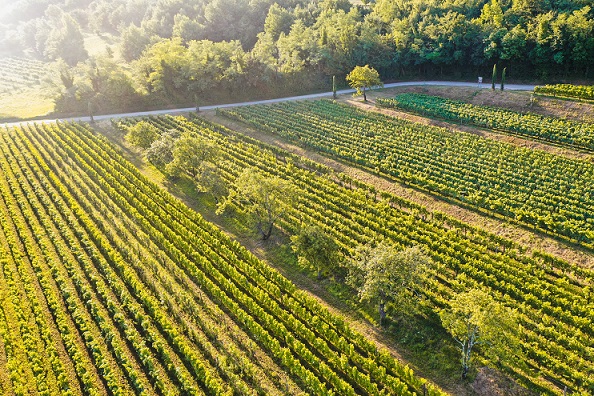
Marlon Batič comes in two versions: Hrastov Hrib and Brajda.
Both are from single vineyards that are “completely without spraying”, according to Miha. Brajda (above) is older than Hrastov Hrib and, in 2012, was the first vineyard of resistant varieties planted in Slovenia. Hrastov Hrib (top) was planted in 2016.
Both sites contain 20 fungal-resistant varieties – 600 vines of each sort. “Vineyards with more than one variety tend to attract more life than homogenous vineyards. This is the way of nature: no forest would only grow one type of tree,” is his view.
Some of the vines are so experimental they have yet to be named. Miha doesn’t care about that. He says: “Vines as such do not have names in nature, they only have characteristics. They were given a name by man. Today, I no longer look for indigenous varieties by their names, but by their essence. This way of thinking has led me to varieties that our land has never known before. In essence, they have everything that indigenous varieties used to have. These varieties, like the indigenous varieties of the past, are grown today without any spraying at all.”
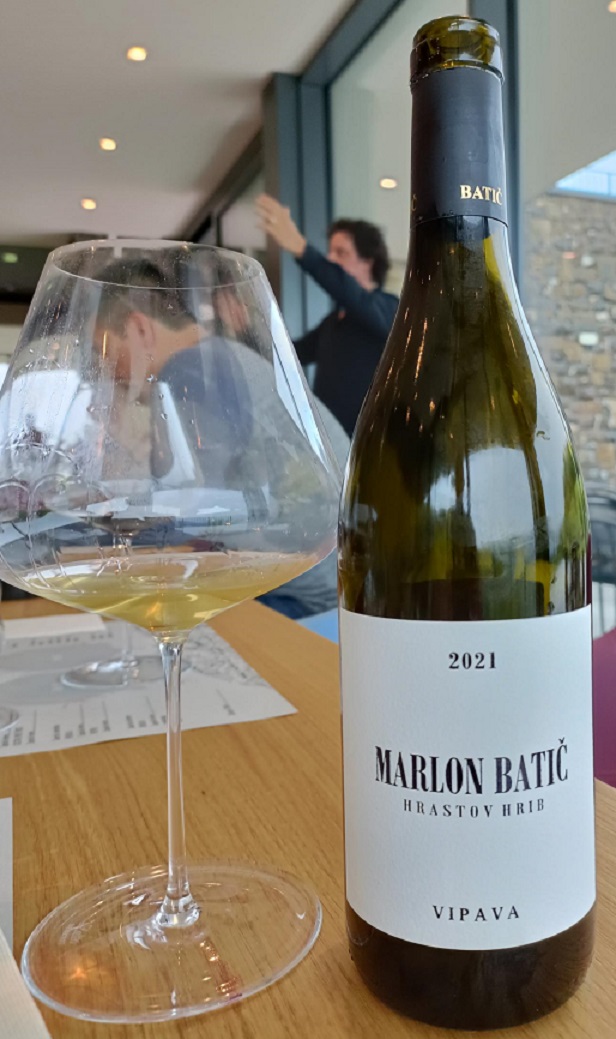
The Marlon Batič Hrastov Hrib 2021 in my glass is a blend of six of the varieties: Bronner, Souvignier Gris, Cabernet Blanc, Sauvignac (VB Cal 604) and two varieties without names (so far).
Miha says he finds the white piwis “more interesting” than the reds. But he says the only real question regarding this – or any other wine – is: “Do you want another glass?”
Yes, please. I love the golden yellow colour. It’s slightly cloudy, but I don’t mind that. The aromas are complex – ripe fruits with buttery notes. The taste is dry, powerful, mouth-filling and soft with pleasing acidity. It’s a well-balanced, complex wine with a very long finish. The oak ageing is noticeable but elegant.
The place
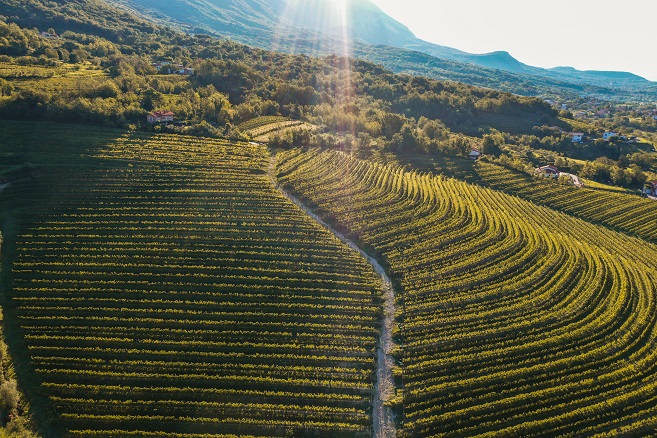
I savour the view while swirling the wine.
The Vipava Valley stretches before me. The green hills rolling between the crumpled foothills of the Julian Alps, the limestone karst and blue of the Adriatic. The green hills sparkling with rooftiles weighed down by rocks; several picturesque villages dotted among the slopes; the slopes striped by vines and split by the Vipava River.
There is little wind today, but this part of western Slovenia is shaped by the burja, the ferocious wind which blasts from the mountains to the sea and makes this valley – Vipavska dolina – highly suitable for organic and biodynamic farming. The grapegrowers don’t mention the wind unless it’s over 50kph. The record is 235kph.
I’d come here to learn about the valley’s indigenous grape varieties, Zelen, Pinela, and Klarnica, but it’s a wine from grape varieties created in Germany and Switzerland that has stopped me in my tracks.
The winemaker
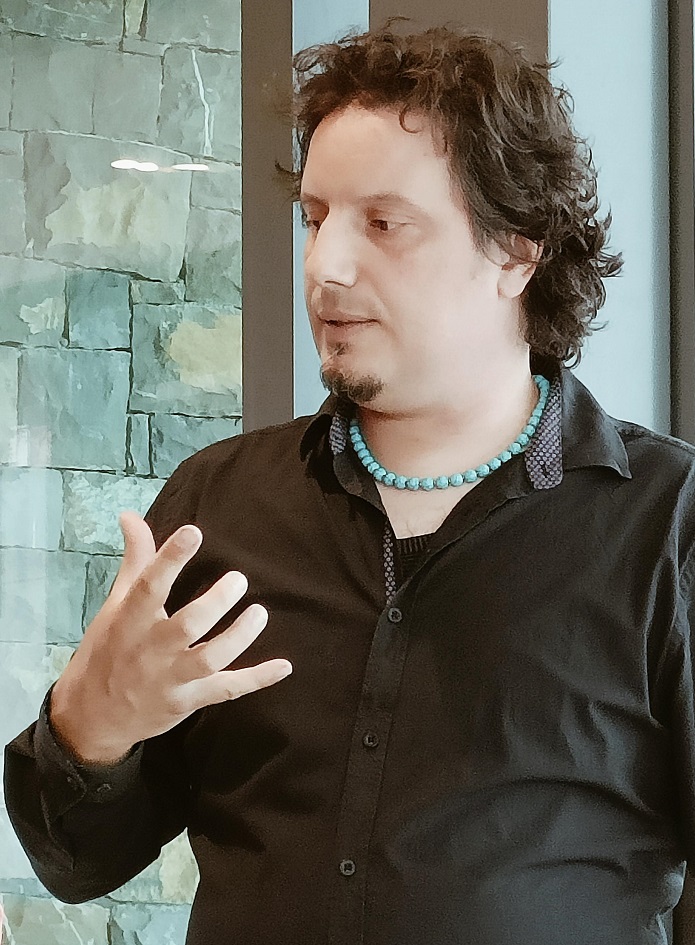
Miha Batič (above) is from a long line of grapegrowers. The family estate dates from 1592.
Miha farms biodynamically. His philosophy is: “The farmer should only be an assistant to nature. Choose the right grape variety for each plot of land. Let the bees, the earthworms, the birds, and the organisms invisible to the naked eye do their work. Let the soil come to life by the diversity of plants, by those whom the soil calls, let the vines be protected by the winds which the farmer has taken into account when choosing the soil. The first ripe grapes will show whether his choice of vine variety coincides with that which the Creator has assigned to the soil he has chosen.”
Miha says his father, Ivan, used to spray his grapes three or four times a year, but now the norm in conventional viticulture is ten to 15 times. Even though “today the poisons are stronger”. His father decided to stop spraying the family vines next to the house in 2001 and in the first three years made just 130L of wine. They planted another 2ha higher up the hills to expand production and got up to a maximum of 1,500 bottles from 15,000 vines. Clearly this was not economically sustainable.
Miha plucked up the courage to tell Ivan he was mistaken and the vines they had planted in the past 15 to 20 years were “wrong”. The local sorts are not best suited to this type of viticulture, Miha reasoned, so he sought out “vines that had never been before in our region”.
The winemaking
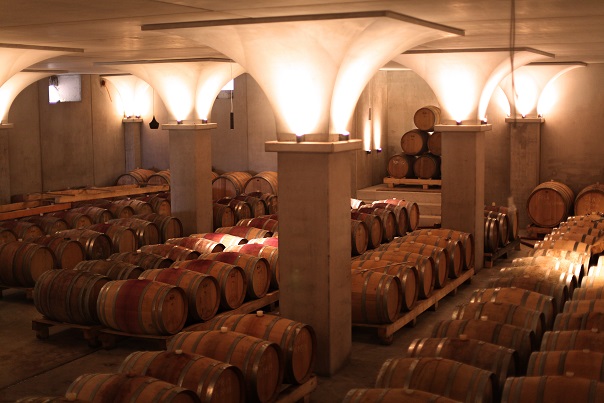
Miha has been using skin contact on his white wines since the 1990s and produces a range of macerated wines called Selekcija (Malvazija, Pinela, Rebula, Pinot Gris, and an outstanding blend called Zaria). “But,” he says, “I was not satisfied with the quality of our (early) wines. They were sometimes good but very rarely excellent. I got lucky a few years ago; I got friendly with a person (a winemaker in Italy) who told me my mistakes. So, one thing he said was that the wine must be that no-one will ask why is this so? ‘Because it’s macerated.’ Why is it this colour? Because it’s macerated. Why is it a little cloudy? Because it’s macerated. We must make wine which does not need us to say, ‘I’m sorry, it’s because it’s macerated’. The maceration mustn’t be the shape but the soul.”
With winemakers still searching for the best way to vinify piwis and the disease-resistant skins being thicker, I assume Marlon has seen some degree of skin contact. But Miha assures me it hasn't. It’s a ‘natural wine’ but not an orange wine.
The unsprayed grapes were handpicked in the first half of September. Green harvesting ensured a very low yield (0.31kg per plant).
Spontaneus fermentation and malolatic conversion followed. The wine matured for 18 months on fine lees in old oak barrels.
Marlon Hrastov Hrib is bottled without fining or filtration.
It’s a wine that elevates piwi grapes and shows their full potential. It’s also a delicious natural, fault-free wine with a bonus: it’s made without the use of chemicals.
The range
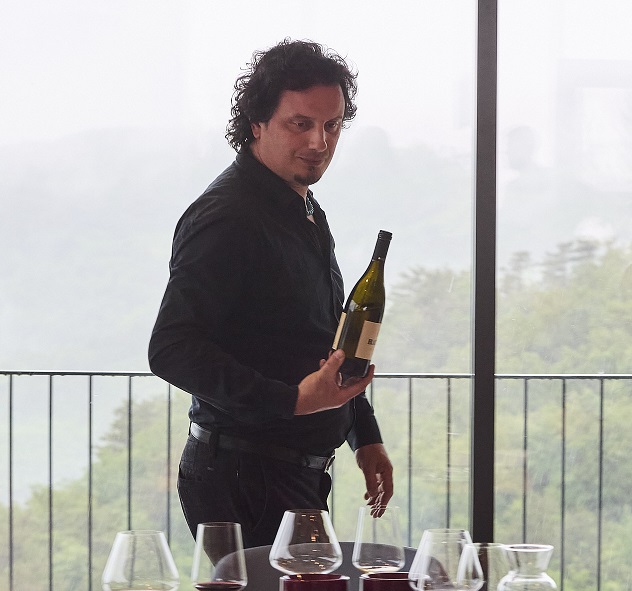
There are 225,000 vines in total on the Batič estate, producing approximately 90,000 bottles a year.
The Batič portfolio includes a wide range of reds and whites. The white wines include Chardonnay, Pinot Gris, Sauvignon, as well as the local varieties Pinela, Malvazija and Rebula. The reds include Cabernet Franc, Cabernet Sauvignon, Merlot, and a blend called Rosso Batič. All are aged in oak barrels. White wines are released after two years, reds after three.
As we move on to taste another of his wines, he outlines his strategy: “To have two good lines – one which is local with spraying and one which is not local but grows without us, just with rain.”
He says he will eventually replant most of the traditional grape varieties with piwis. I’ll drink to that.

 English
English French
French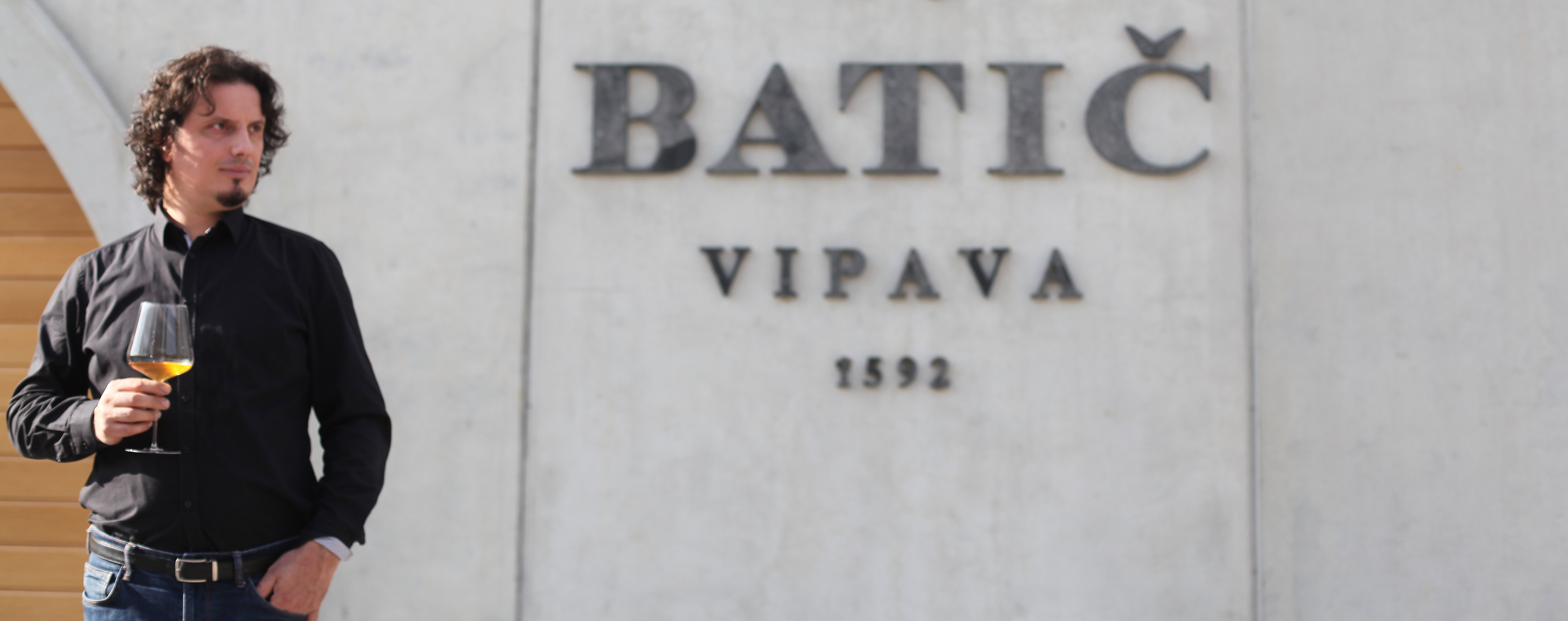


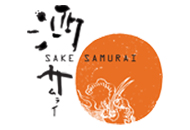
.png)
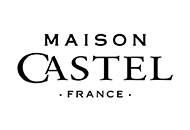

.png)

